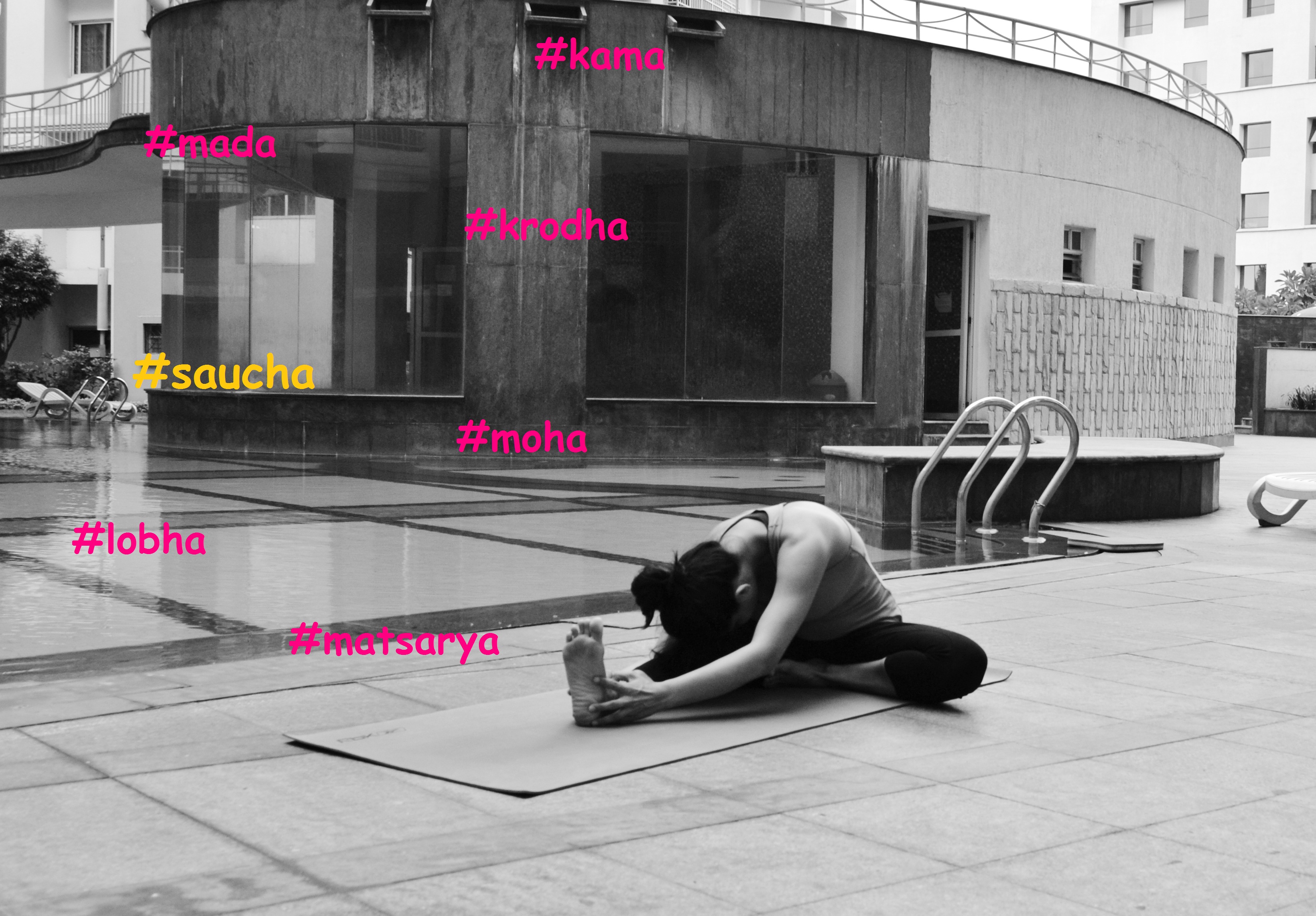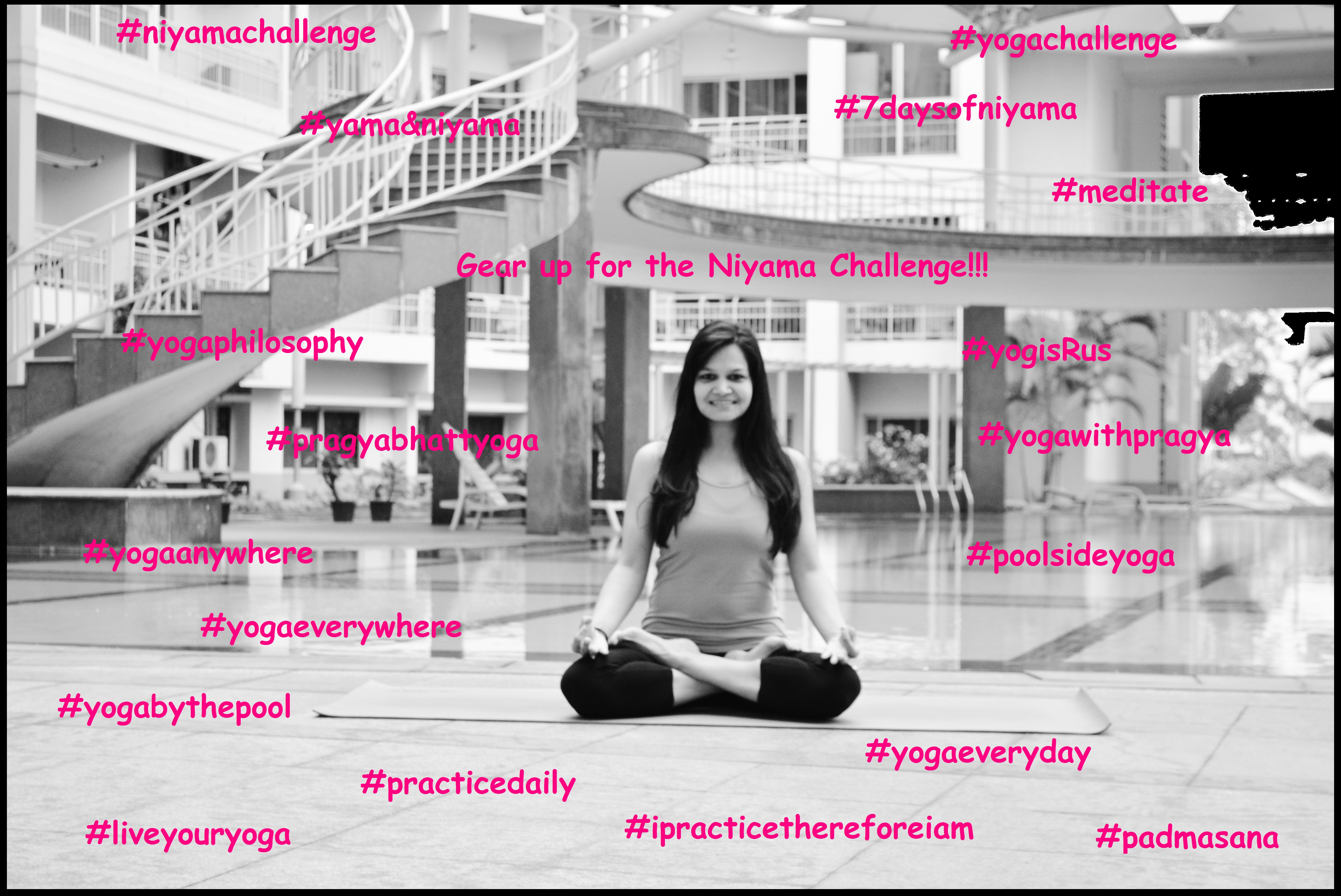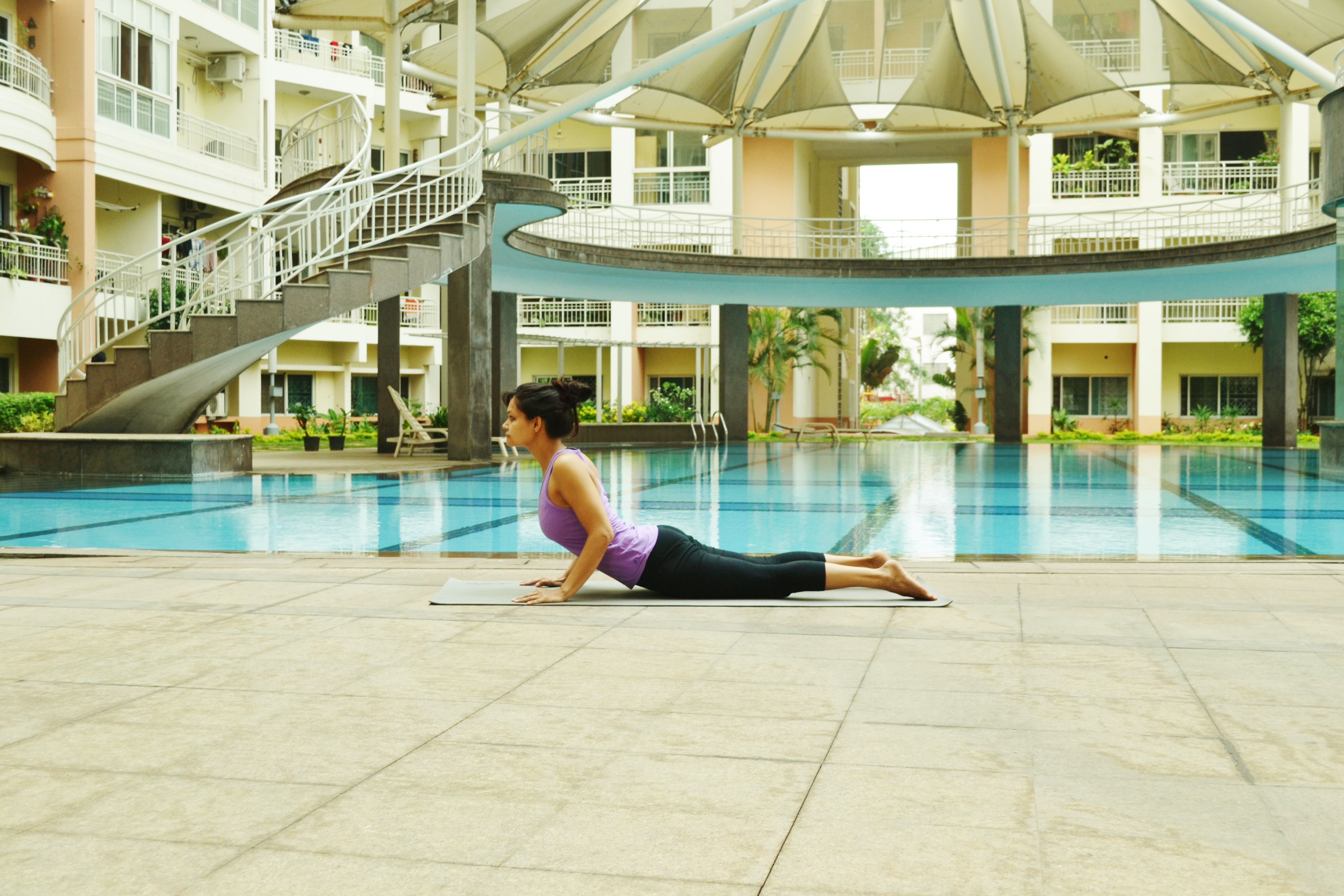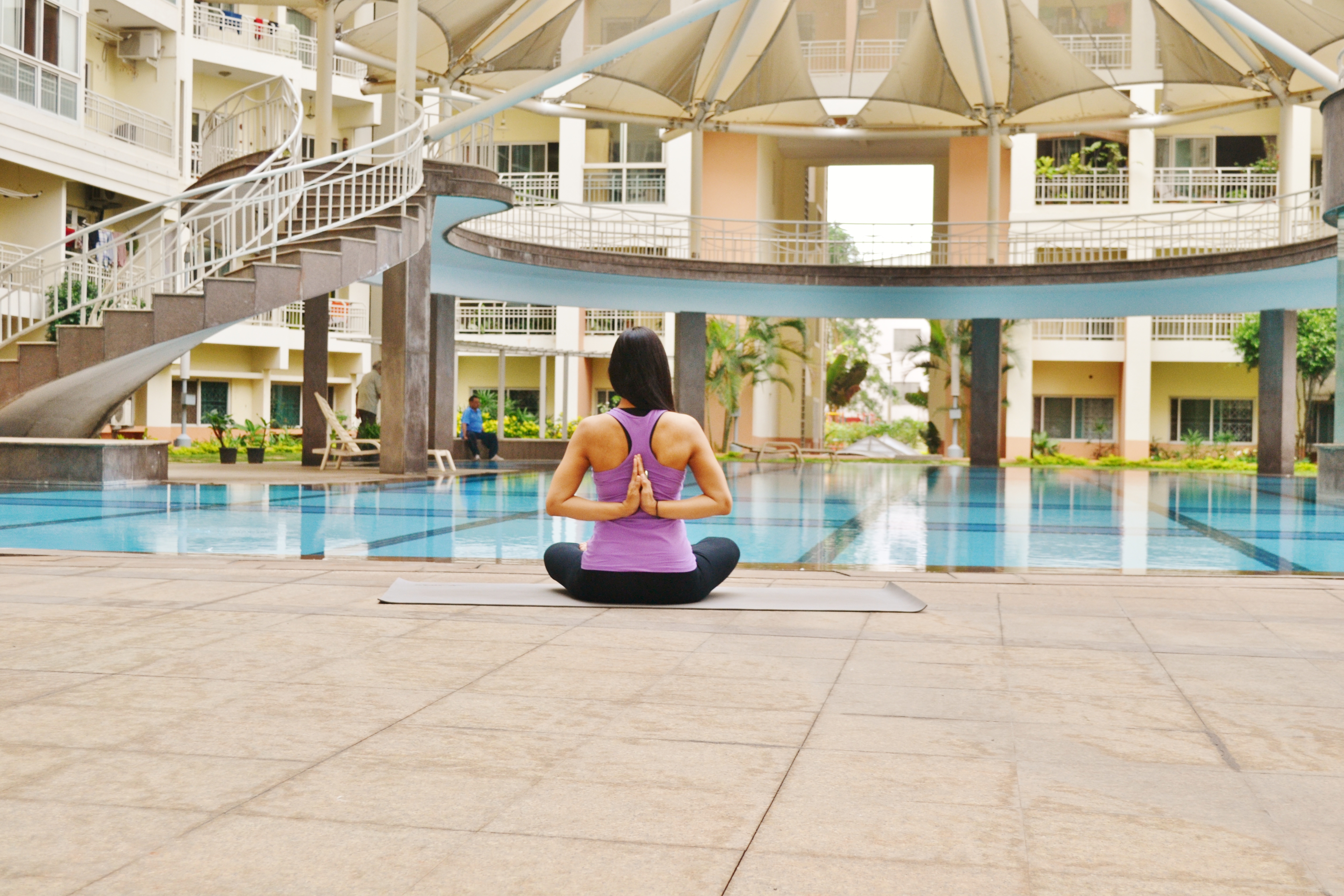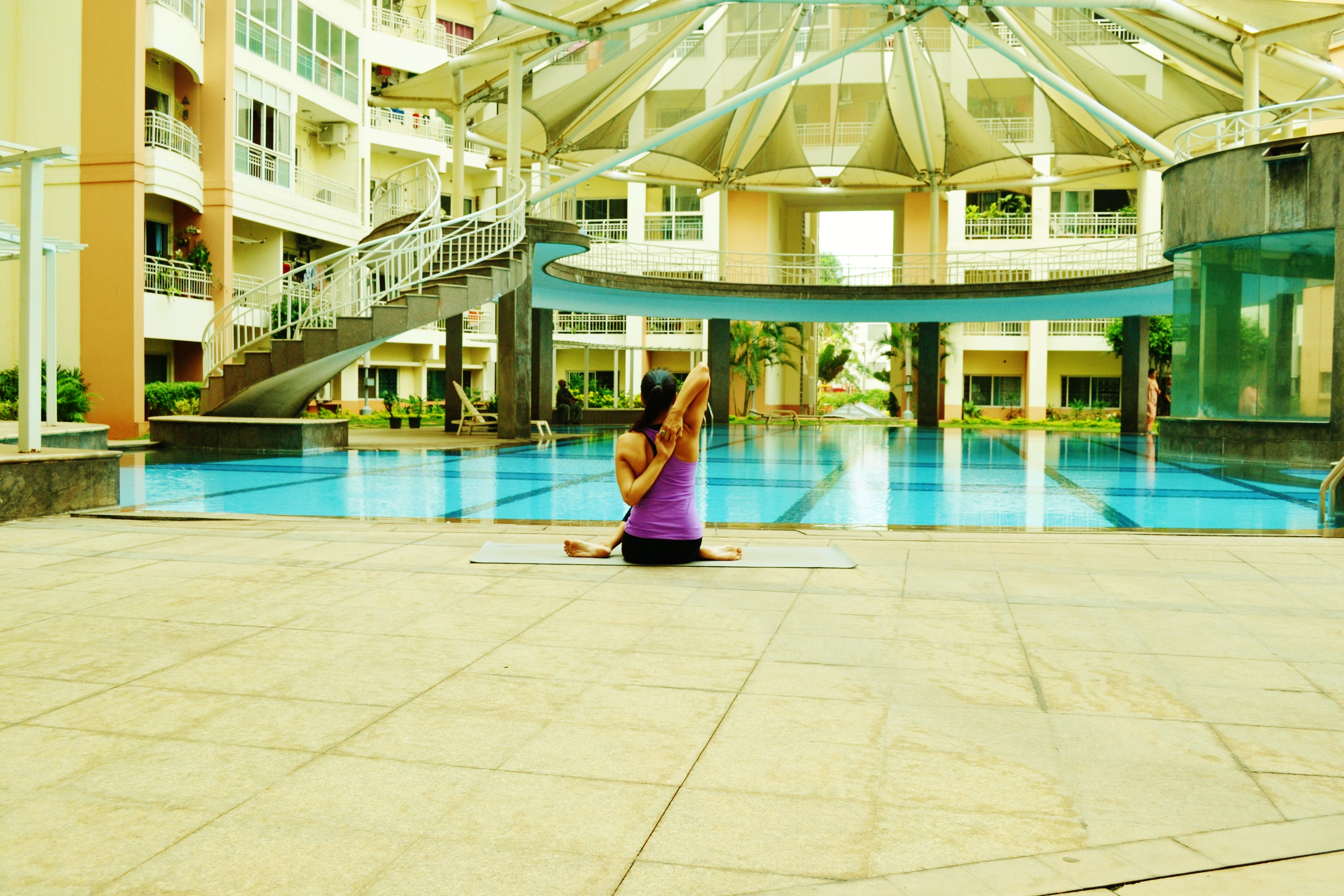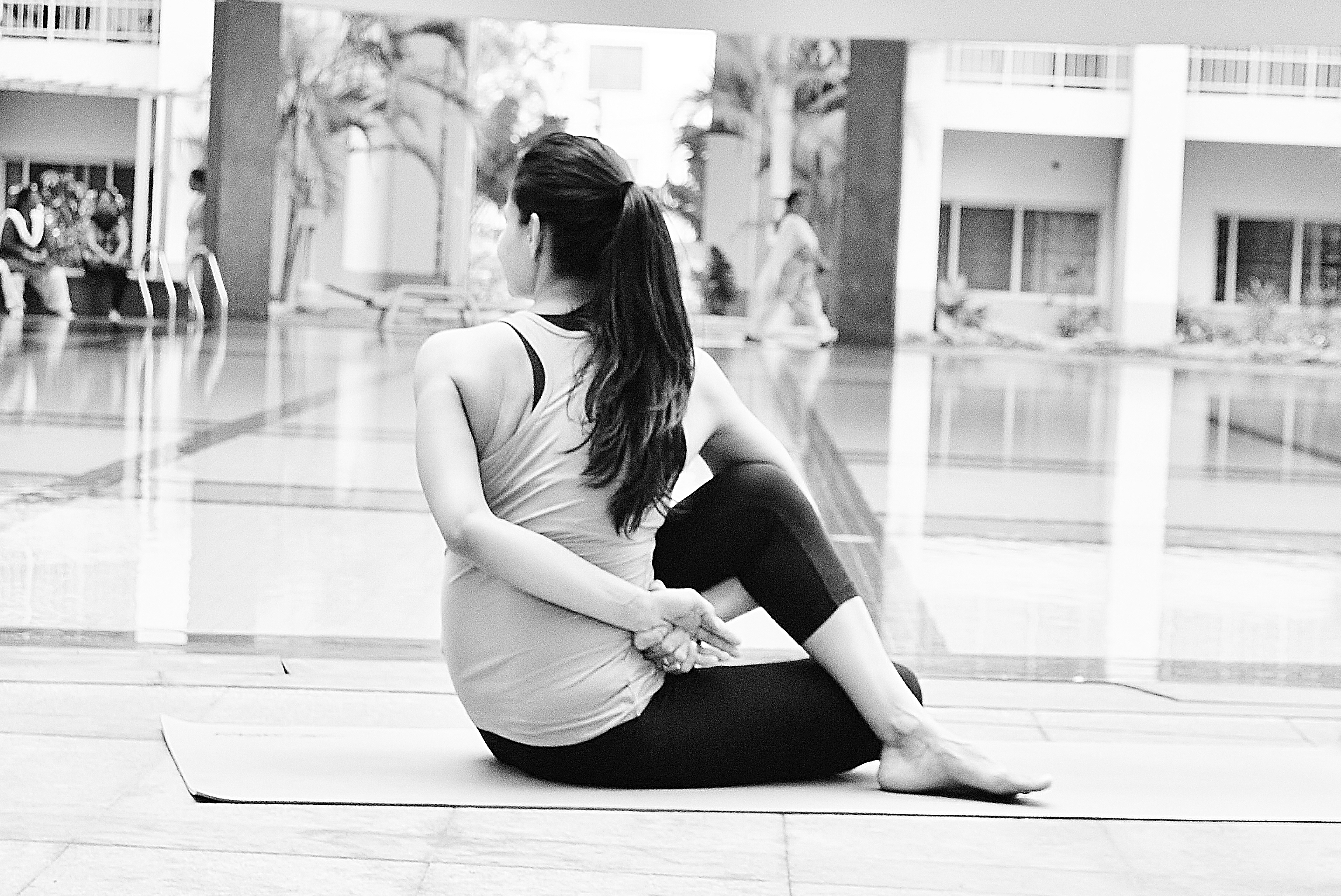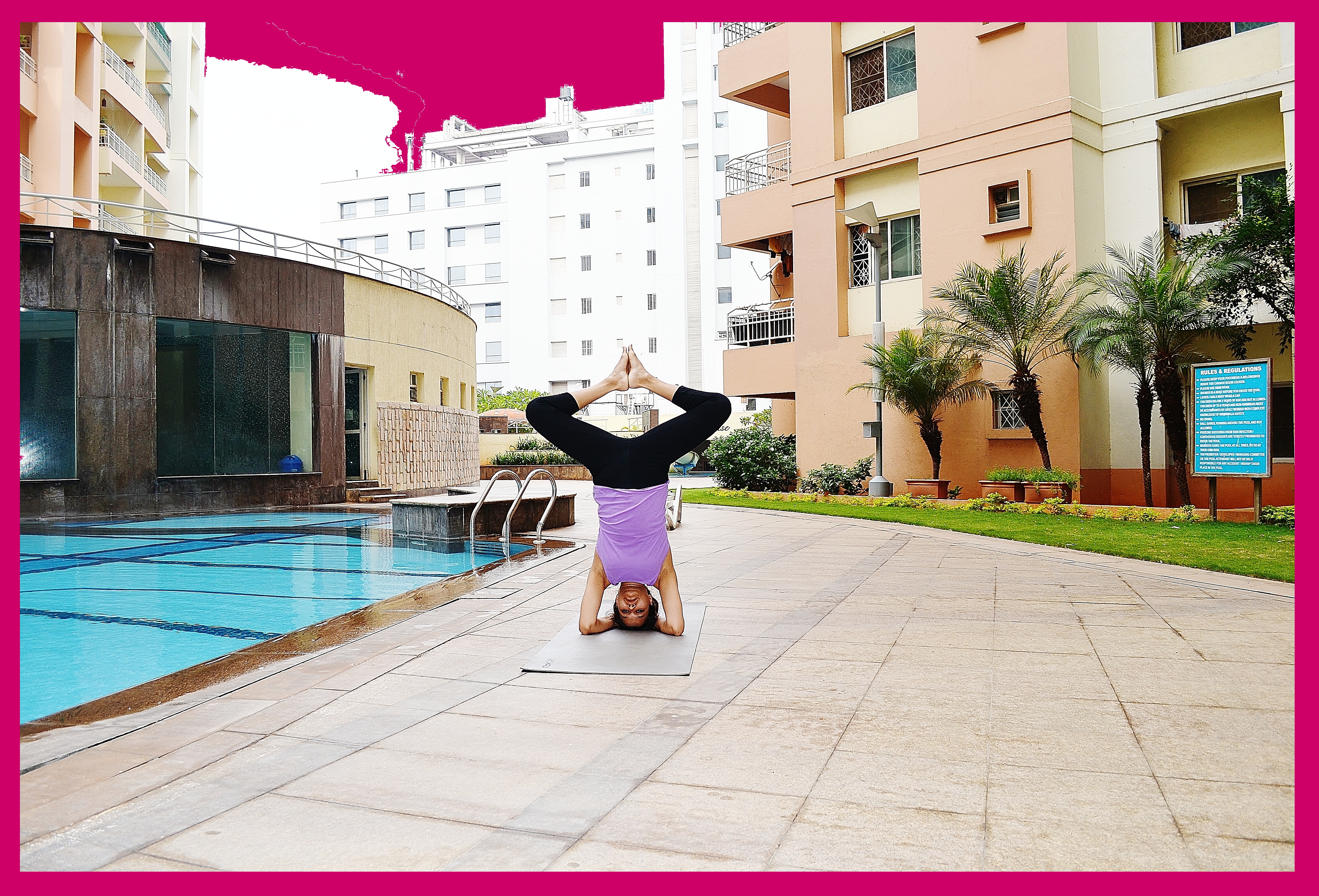We’re in the 7th month of the year. Most of the year is gone. Now is a good time to look at those New Year’s resolutions and ask yourself if you’re on track. It’s also a good time to reflect upon how you’ve spent the last few months. Have you learned anything new this year? Have you added something to your routines/way of life/way of thinking? Is the quality of your life better now than it was a couple of months ago? Are you eating and sleeping better? Are you more fit and flexible? For the past couple of months I’ve been learning how to swim. Swimming was the bugaboo of my life. I was just so scared of … something. Now I can’t really figure out what I was scared of. Maybe every time I thought about swimming I thought about a massive angry ocean with a tornado going (I actually did.) And I also looked into the deep end of the pool and didn’t like the fact that I couldn’t see the bottom (so if I were to lose control the downward journey would be into a bottom-less pit).
But one day I told myself that I was going to give it another go. Give it my bestest shot. Which meant swimming as often as I could (even if it meant driving for 20-30 minutes to get to the pool where the really good teacher was). Which meant showing up and getting into the pool, even if it meant hanging out with the kids who couldn’t swim…and watching incredulously all those kids who could channelize their inner fish with so much finesse. I’m not sure where the fear went once I started to get comfortable in the pool. Even as I looked at the deep end, I realized that more than fear, I was looking at people with curiosity. How were they swimming? What was their secret to being comfortable in the water? And more than that, what was the difference between the way the swimmers approached the water and the way I did?
Lots of lessons for me (and maybe for you). 1. If you give it your best, you will eventually get there. 2. It’s good to observe others and learn from them. Just make sure you don’t compare. 3. Fear is only a perception. If you change your perception, you get rid of the fear. So far, learning how to swim has been the high point of 2014 for me. I hope that you a high point as well. If not, there are still a couple more months to go.
